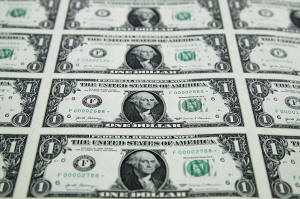|
The
analysis by JPMorganChase Institute examined the accounts of 4.7
million households and found that people's total cash reserves
are increasing when including new amounts going into brokerage
accounts, money market funds and certificates of deposit to
assess people's well-being.
Inflation-adjusted cash balances in checking and savings
accounts “remain low with a flat-growth trajectory,” but since
the middle of 2024 total cash reserves have been increasing and
approaching historical growth trends once the additional
accounts are included, the analysis said.
“Families across many income bands are now seeing a turnaround
in their total cash,” said Chris Wheat, president of the
institute.
Wheat said it had been “hard to square the circle” of consumer
spending staying strong despite the lack of growth in checking
and savings accounts, an issue that can now be explained by
people in a higher-interest rate environment shifting more money
into accounts that yield investment returns. He said people
appear to be using the other accounts to manage their cash,
rather than simply making long-term investments.
Wheat cautioned, however, that the trend might be short term and
that the institute doesn't have a basis yet as to whether it
will continue.
The analysis also found that households with incomes generally
lower than $35,000 had their total cash balances increase at an
annual rate of 5% to 6%. The lowest income quartile tend to have
checking and savings account balance of just over $1,000, while
the median balances of the highest income quartile are above
$8,000.
All contents © copyright 2025 Associated Press. All rights reserved

|
|




